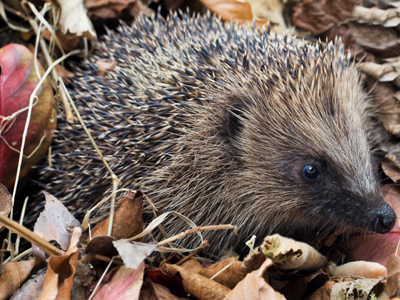
Adaptation of Animals and Plants
This Science quiz is called 'Adaptation of Animals and Plants' and it has been written by teachers to help you if you are studying the subject at middle school. Playing educational quizzes is a fabulous way to learn if you are in the 6th, 7th or 8th grade - aged 11 to 14.
It costs only $12.50 per month to play this quiz and over 3,500 others that help you with your school work. You can subscribe on the page at Join Us
Adaptation of animals and plants is about the ability to change in order to survive. Over millions of years, animals and plants have adapted to their habitat. If they hadn't, you and I wouldn't even be here! It's a matter of survival and if the habitat changes, then we need to change too.
See how much you know by playing this quiz on the subject.
Ready for more?
not all...
quizzers. Try to win a coveted spot on our Hall of Fame Page.







